IngressNightmare: Analysis of Critical Vulnerabilities in Kubernetes Ingress NGINX Controller
Executive Summary On March 24, 2025, Wiz Research disclosed a series of critical vulnerabilities in...
 Blog
Blog
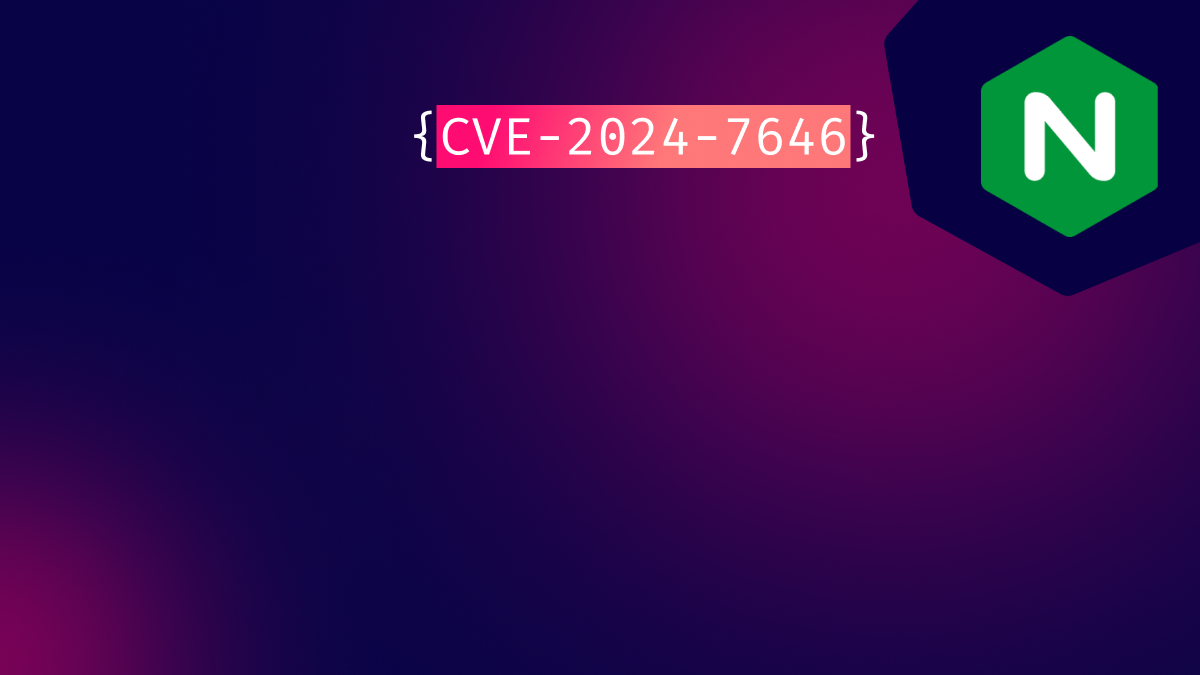
Sep 29, 2024
Attention: a new Kubernetes vulnerability was uncovered by André Storfjord Kristiansen (@dev-bio on GitHub) and it demands immediate attention from security professionals and DevOps teams. CVE-2024-7646, affecting the popular ingress-nginx controller, allows malicious actors to bypass annotation validation and potentially gain unauthorized access to sensitive cluster resources. This vulnerability has been assigned a CVSS v3.1 base score of 8.8 (High).
This high score reflects the potential for significant impact, including full compromise of confidentiality, integrity, and availability of affected systems.
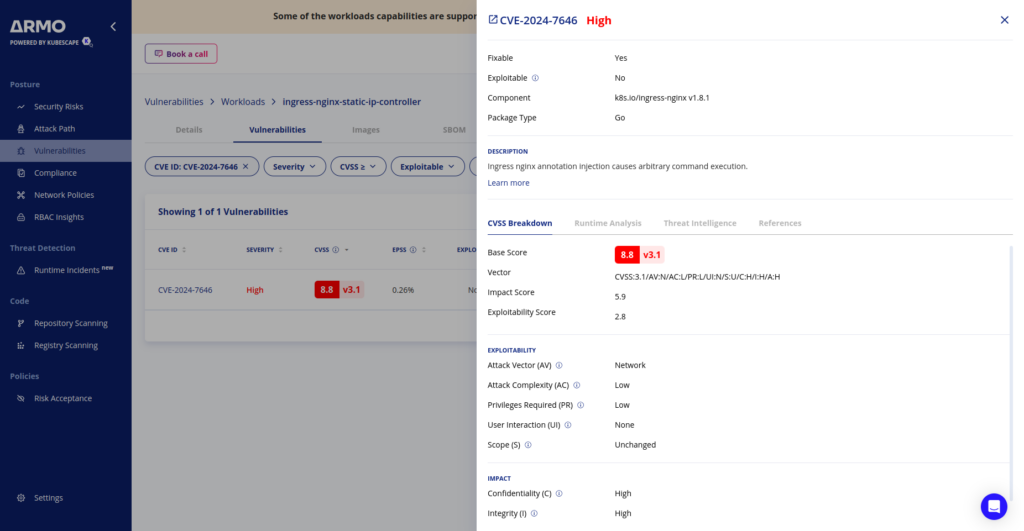
Ingress-nginx is a popular Kubernetes ingress controller that manages external access to services within a cluster. It acts as a reverse proxy and load balancer, routing incoming HTTP and HTTPS traffic to the appropriate services based on defined rules.
The vulnerability stems from a flaw in the way ingress-nginx validates annotations on Ingress objects. Annotations in Kubernetes are used to attach arbitrary non-identifying metadata to objects. In the case of ingress-nginx, annotations are used to configure various behaviors of the ingress controller.
The vulnerability allows attackers to inject malicious content into certain annotations, bypassing the intended validation checks. This can lead to arbitrary command injection and potential access to the ingress-nginx controller’s credentials, which, in default configurations, have access to all secrets in the cluster.
The vulnerability affects the following versions of ingress-nginx:
– All versions of ingress-nginx controller < v1.11.2
While all users of affected ingress-nginx versions should consider themselves at risk, the vulnerability poses a particularly high threat to:
To demonstrate the severity of this vulnerability, let’s walk through a hypothetical exploitation scenario.
An attacker with permissions to create Ingress objects first identifies a cluster running a vulnerable version of ingress-nginx.
The attacker creates an Ingress object with a specially crafted annotation that includes a carriage returns (\r) character to bypass validation. his allows the injection of unauthorized content and potential XSS attacks. For example:
apiVersion: networking.k8s.io/v1 kind: Ingress metadata: name: demo annotations: nginx.ingress.kubernetes.io/server-snippet: | add_header X-Safe-Header "Safe Content"; add_header X-Vuln-Header "Benign\r HTTP/1.1 200 OK Content-Type: text/html <script>alert('XSS');</script> --------"; return 200 "Original Content"; spec: ingressClassName: nginx rules: - host: test.example.com http: paths: - path: / pathType: Prefix backend: service: name: test-service port: number: 80
In this example:
server-snippet annotation is used to inject custom Nginx configuration.\r) are used to bypass validation and inject a malicious response.The attacker applies this Ingress object to the cluster:
kubectl apply -f malicious-ingress.yaml
When ingress-nginx processes this Ingress object, it fails to properly validate the annotation. The carriage returns allow the attacker to inject unauthorized headers and content, potentially leading to:
HTTP/1.1 200 OK and Content-Type: text/html could lead to response splitting attacks.<script>alert('XSS');</script> could execute in users’ browsers.Header Manipulation: Additional headers like X-Vuln-Header are injected, potentially bypassing security controls.
With this level of control over the HTTP response, an attacker could potentially:
This example demonstrates how a seemingly simple annotation can lead to significant security vulnerabilities when input validation is bypassed.
To exploit this vulnerability, an attacker needs the following Kubernetes RBAC permissions:
1. Permission to create or update Ingress objects in either the networking.k8s.io or extensions API group.
2. Access to at least one namespace where they can create these Ingress objects.
These permissions are often granted to developers or service accounts responsible for deploying applications, making this vulnerability particularly dangerous in environments where least-privilege principles are not strictly enforced.
After discussion with @dev-bio who found the vulnerability he clarified the following:
Strings such as “content_by_l\rua_block” would be rendered as “content_by_lua_block” in the final configuration, this can lead to code execution.
He added that soon he will be posting his own write-up on the vulnerability so stay tuned for that.
Note – to execute code you need to have snippet annotation enabled in the configuration.
To determine if your cluster is vulnerable:
1. Check if ingress-nginx is installed:
kubectl get po -A | grep ingress-nginx-controller
2. If present, check the version:
kubectl exec -it <ingress-nginx-pod> -n <namespace> -- /nginx-ingress-controller --version
\r).ValidatingAdmissionWebhooks to enforce stricter validation on Ingress objects and their annotations.CVE-2024-7646 serves as a reminder that securing Kubernetes environments is an ongoing, never-ending process. The ability to bypass annotation validation in a critical component like ingress-nginx emphasizes the importance of maintaining up-to-date software, implementing proper access controls, and continuously monitoring for security threats.
As Kubernetes continues to increase its reach in IT infrastructure, it is more important than ever to remain vigilant and proactive about securing it. Regular security audits, prompt patching, and adherence to best practices in role-based access control (RBAC) and network policies are essential strategies for maintaining a robust security posture.
If you suspect that this vulnerability has been exploited in your environment, do not hesitate to contact security [at] kubernetes.io for additional guidance and support.
Remember to stay secure, keep your systems updated, and ensure your Kubernetes clusters remain resilient against emerging threats. You can start by scanning your clusters with Kubernetes security tools such as the ARMO Platform and getting up-to-date insights into your security posture.
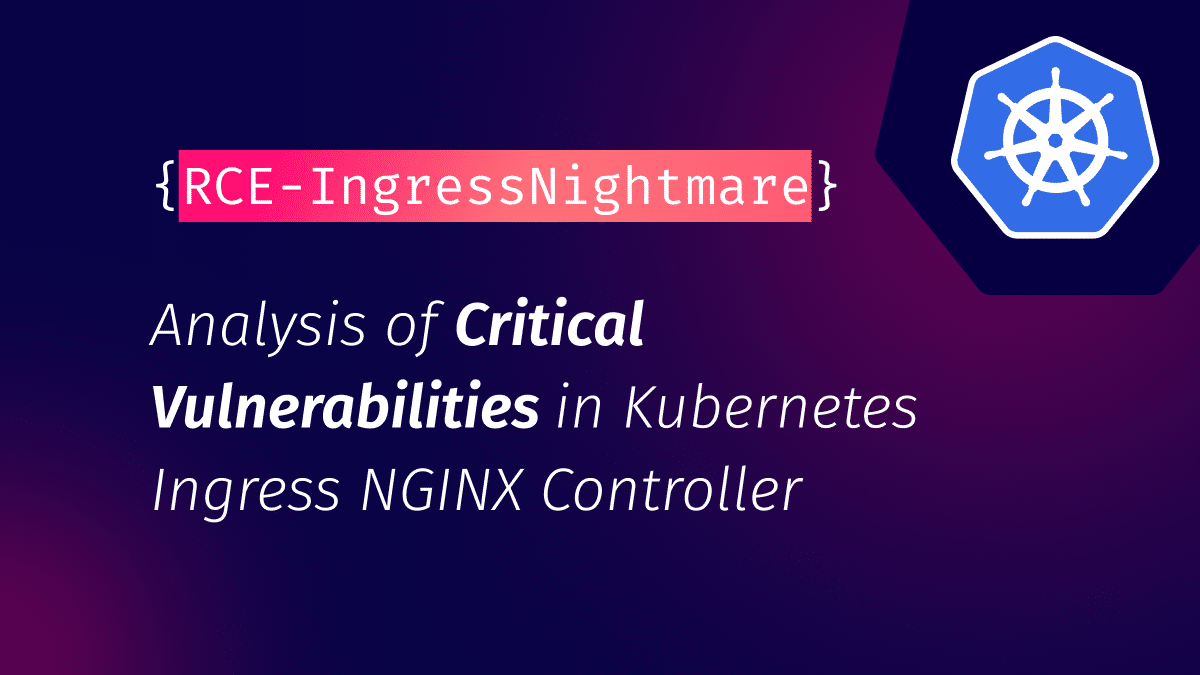
Executive Summary On March 24, 2025, Wiz Research disclosed a series of critical vulnerabilities in...
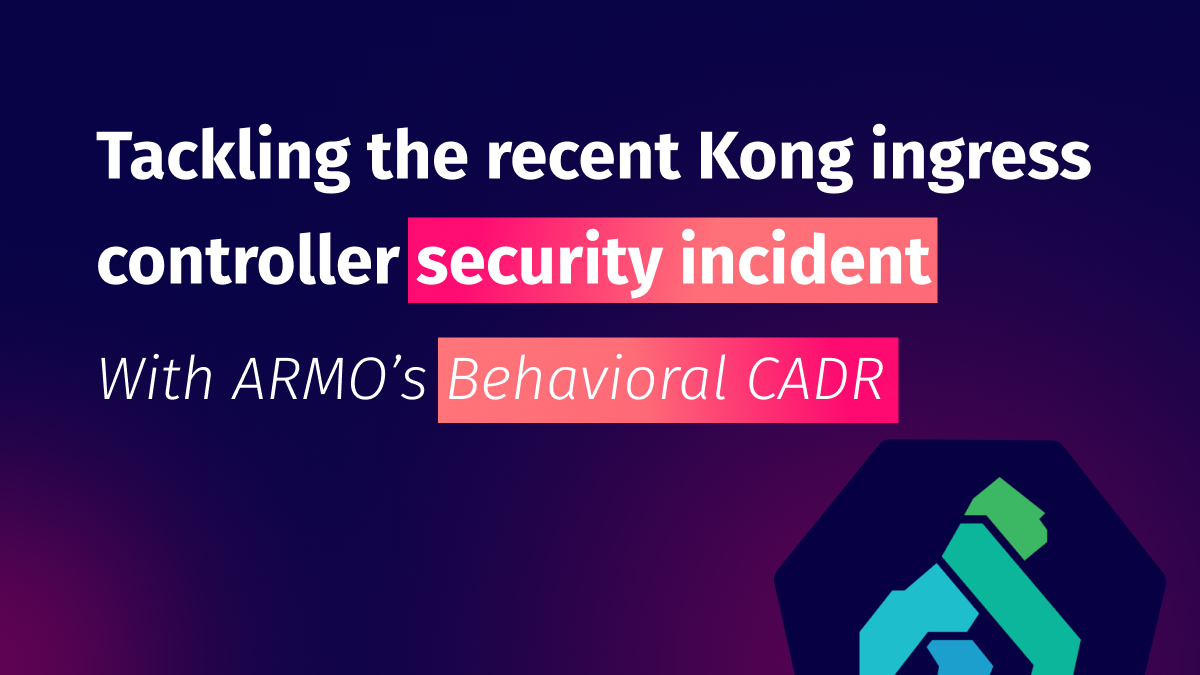
Imagine this situation: you recently updated one of your infrastructure software components. A few weeks...
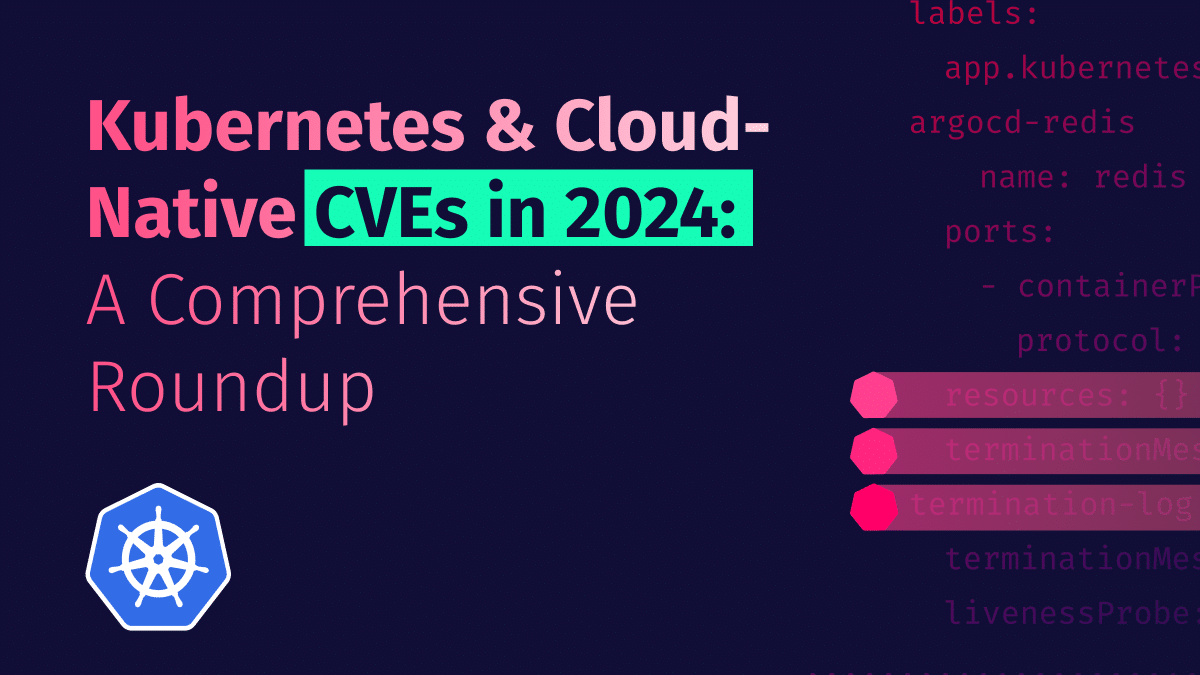
In 2024, several significant vulnerabilities were identified within the Kubernetes and broader cloud-native ecosystem. In...